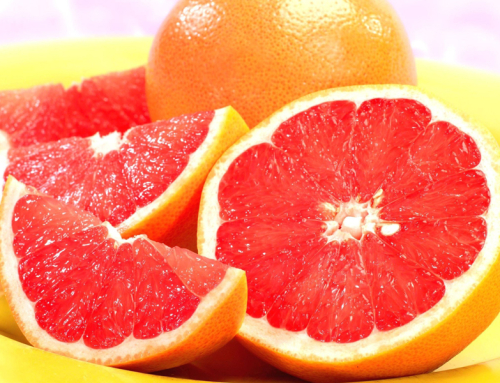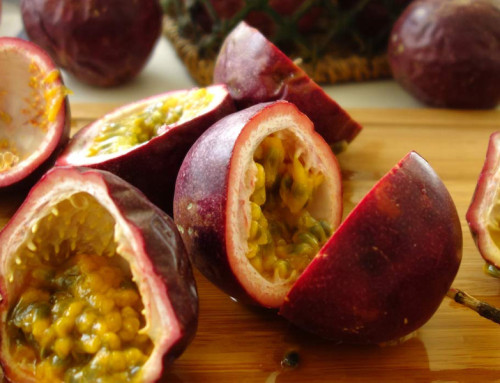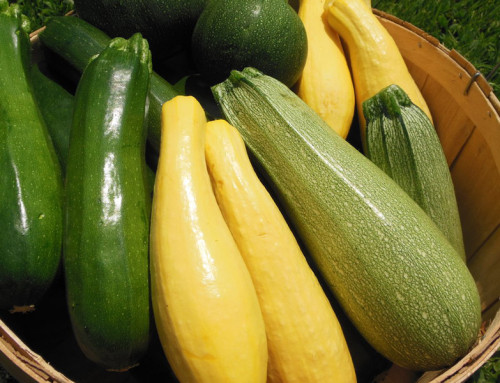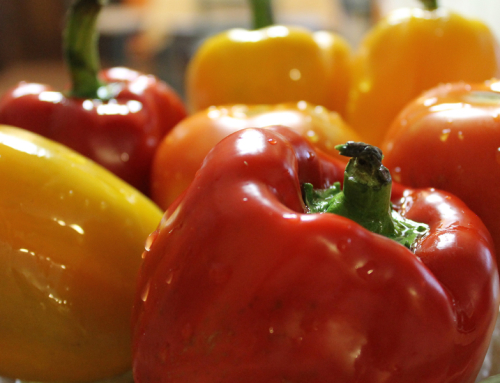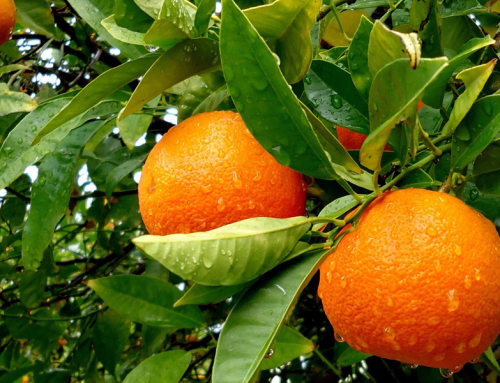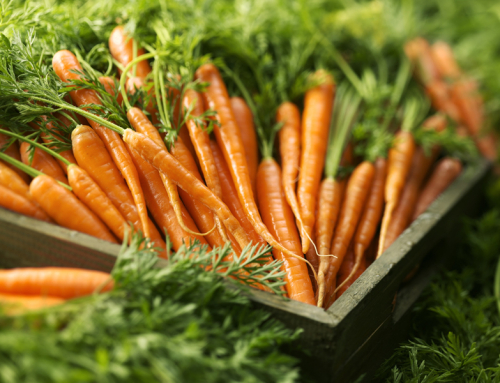When measuring the diameter of a strawberry, your guess is as good as anyone else’s, because a strawberry is usually cone-shaped and so has many diameters depending on where you choose to measure it. It’s best to just weigh your strawberries if you want an accurate calorie count and to use databases that use weight as their measurement rather than physical dimensions.
- Small, 1” diameter (7 g) = 2 calories
- Medium, 1.25” diameter (12 g) = 4 calorie
- Large, 1.5” diameter (18 g) = 6 calories
- Extra Large, 1.75” diameter (27 g) = 9 calories
- Cup, whole, (72 g) = 24 calories
- Cup, whole, (144 g) = 49 calories
- Cup, pureed, (232 g) = 79 calories
- Cup of halves, (152 g) = 52 calories
- Cup of slices, (166 g) = 56 calories
For dehydrated strawberries, the drying process increases the sugar concentration by decreasing the water content, but the calories remain the same. However, some manufacturers may add sugar Solution. Dehydrate your strawberries at home.
- Strawberries are naturally low in calories, fat-free and also low in sodium and in sugar. The natural sugars comprise 4 grams per half cup serving with the total carbohydrate content being equal to less than half a slice of bread.
- One cup of whole strawberries (144 grams) contains 4 grams which is over 13% of the RDA for dietary fibber. The fibber in strawberries helps regulate digestion, lowers blood pressure and curbs overeating. Fiber helps slow sugar absorption and this helps people who are trying to manage Type 2 diabetes.
- Strawberries have an ORAC value of about 3577µmol TE per 100 grams. This oxygen radical absorbency capacity is a measure of antioxidant strength.
- Fresh strawberries are rich in the B-complex group of vitamin B-6, niacin, riboflavin, pantothenic acid, folate and folic acid. Frozen strawberries lose most of the B-vitamins to the ice crystals, especially if partially thawed and then refrozen.
- Strawberries contain vitamin A, vitamin E and health promoting flavonoid poly phenolic antioxidants such as lutein, zea-xanthin, and beta-carotene in small amounts.
- Strawberries also contain essential minerals such as potassium, manganese, fluorine, copper, iron and iodine. Copper is required in the production of red blood cells. Iron is required for red blood cell formation.
- Strawberries contain 134 mg of potassium per serving. Potassium helps regulate blood pressure by acting as a buffer against the negative effects of sodium. It also regulates the pressure in the eye fluids.
- One cup of strawberries contains 21% of manganese, an essential nutrient that acts as a powerful antioxidant and anti-inflammatory agent. Manganese figghts free radicals and also lessens cellular inflammation, which is another cause of numerous cardiovascular diseases.
- Along with manganese, the potassium, vitamin K, fluorine, and magnesium found in strawberries are also important for bone building, structure and bone health Fluorine is a component of bones and teeth and is important for prevention of dental cavities.
- Strawberries are an excellent source of vitamin C. 100 grams provides 58.8 mg or about 98% of our daily requirement. Vitamin C is a well-known immune system booster, stress-reliever, and a fast-working antioxidant.
- Vitamin C, along with flavonoids, phenols and ellagic acid,.also plays an important role in preventing cataracts, strengthening the eye’s cornea and retina, and protects from free radicals in the sun’s UV rays. While high dosages of vitamin C increase the risk of cataracts in women over 65, this risk relates to taking vitamin C supplements, not from fruits and vegetables. In fact, three or more servings of strawberries and other high Vitamin C fruits per day can decrease the risk of age-related macular degeneration by over one-third.
- Strawberries contain ellagic acid (a phytochemical) which has been shown anti-cancer properties such as suppressing cancer cell growth, It also visibly prevented collagen destruction and inflammatory response after continued exposure to skin-damaging UV-B rays. Vitamin C also assists in collagen production, which helps to keep the skin elastic, and helps to fight wrinkles to give us younger-looking skin.
- Ellagic acid and flavonoids also provide an antioxidant effect that counteracts the effect of LDL (the bad cholesterol) which causes plaque build up in arteries. Adding strawberries reduces blood lipids.
- Strawberries contain 21 mcg of folate per half cup serving,which is recommended for pregnant women, or for those trying to conceive, It is an important B-vitamin in the early stages of fetal development of a baby’s brain, skull and spinal cord. Along with the folic acid that is also in the fruit, it may help to prevent certain birth defects such as spina bifida.
- The major flavonoids in strawberries, anthocyanin, quercetin and kaempferol, possess excellent antioxidant and anti-carcinogenic properties and together with vitamin C and folate form an excellent combination for fighting cancer and tumors. A daily servings of strawberries have shown a remarkable ability to slow the growth of cancerous cells.
- Anthocyanin is responsible for the rich red color. When anthocyanin-rich foods are consumed, uric acid levels increase and this serves as an antioxidant agent.
- Strawberries contain lutein and zeathancins, which are antioxidants, and along with vitamin C, folate, and the flavonoids quercetin and kaempferol, they neutralize the negative effects that free radicals have on cells. The term “free radicals” refers to damaged cells that weaken other cells in their vicinity which can lead to cell abnormalities and even cancer.
- Other antioxidants, phenols, and phytonutrients in strawberries may help to reduce inflammation that cause osteoarthritis, asthma and atherosclerosis, by inhibiting cyclooxygenase (COX) like aspirin and ibuprofen do, but without the side effects. Women who eat 16 or more strawberries per week are 14 percent less likely to have elevated levels of C-reactive protein (CRP)—an indication of inflammation in the body.
Strawberries stop ripening after they have been picked, so you may see unripe berries that have green or yellow patches on them. Avoid these since they are likely to be sour. Strawberries to do not store well, so eat them shortly after you have purchased them.
The general measurement used for serving sizes of most foods is based on 100 grams or 3.5 ounces, which is the equivalent of a bit less than a half cup of pureed strawberries. Most websites give the number of calories based on various sizes found in the U.S. Department of Agriculture National Nutrient Database, as well as other sources, which is why you may find many different answers around the internet.
But things aren’t totally rosy for the delicious red fruit. The following should be noted:
Strawberries may cause serious allergic reactions in some people such as swelling and redness of mouth, lips and tongue, eczema, hives, headache, stomach ache, etc. Additionally, strawberries are a good source of iodine, which is helpful for proper functioning of the brain, nervous system and thyroid gland. However, strawberries are also a goitrogen, and this may cause an issue for those with hypothyroidism.
Goitrogens are naturally-occurring substances that can interfere with the hormonal functioning of the thyroid gland and the name comes from the word “goiter,” which means an enlargement of the thyroid gland. If the thyroid gland has difficulty producing its thyroid hormone, it may enlarge itself to compensate for the inadequate production.
Currently, no carefully controlled research has been done to study the relationship between goitrogenic foods and thyroid hormone deficiency. There is also no research evidence to suggest that goitrogenic foods will have any negative effect on overall health if a thyroid problem does NOT exist.. Since the foods that have this property are also extremely healthy and good to have in our diets, the goal is not to eliminate goitrogenic foods from the diet, if you have no thyroid problems, but rather to simply eat them in reasonable serving amounts. Both the isoflavones and the isothiocyanates appear to be heat-sensitive, so cooking appears to help inactivate the goitrogenic compounds.


